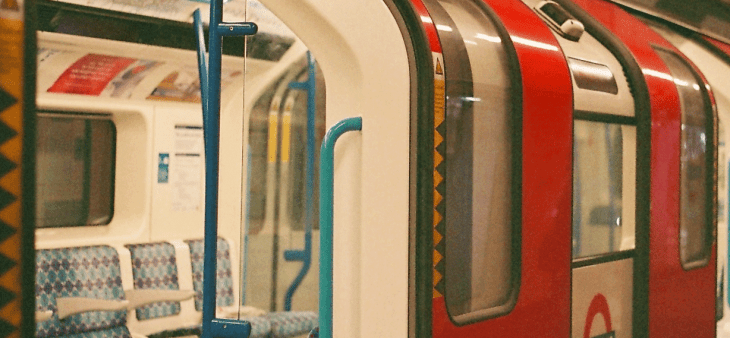
It was recently announced the TfL are planning to roll out 4G network coverage throughout the London Underground. With Sadiq Khan saying the move is “a really important step” for the millions of people who use the Tube each year.
Being the oldest subway network, London Underground poses quite a few challenges for TfL. The network is made up of extremely narrow tunnels which mimic the roads above. Meaning it is very difficult for the signal to navigate through these tunnels.
So, What Exactly Can TfL Do About It?
Well, TfL are adopting a model based on “leaky feeders” which essentially means they will run cables throughout the tunnels enabling the cables to act like aerials. This upgrade will require approximately 2000km (1,200 miles) of new cables.
There are already about 260 Wi-Fi enabled stations on the London Underground and on TfL rail services.
What Does This Mean For London Underground Users?
This project means that commuters will now be able to use their phones in the tunnels between stations. It is estimated that most commuters will use the new connection to use data services as the speed of connection should be fast enough to allow uninterrupted viewing of video streams.
And TfL have mentioned that most of the work will be completed during weeknight shifts to try and keep the disruption across the lines to a minimum.
TfL confirmed to the Guardian that 4G would go live in tunnels on most of the Jubilee line from March 2020 and on other lines in coming years.
Why Exactly Do We Need 4G In The Tunnels?
It has been said that by enabling 4G (and eventually 5G) throughout the London Underground they are essentially creating a new fibre backbone for the City. As explained by Theo Blackwell (chief digital officer to the Mayor of London) “this will connect public buildings owned by TfL and local councils near Tube stations to create local fibre hubs to support last-mile fibre connectivity to homes and businesses in currently underserved neighbourhoods across London.
Therefore, this project is one step in ensuring that London can offer fibre broadband services to homes and business in London where it is currently lacking.
